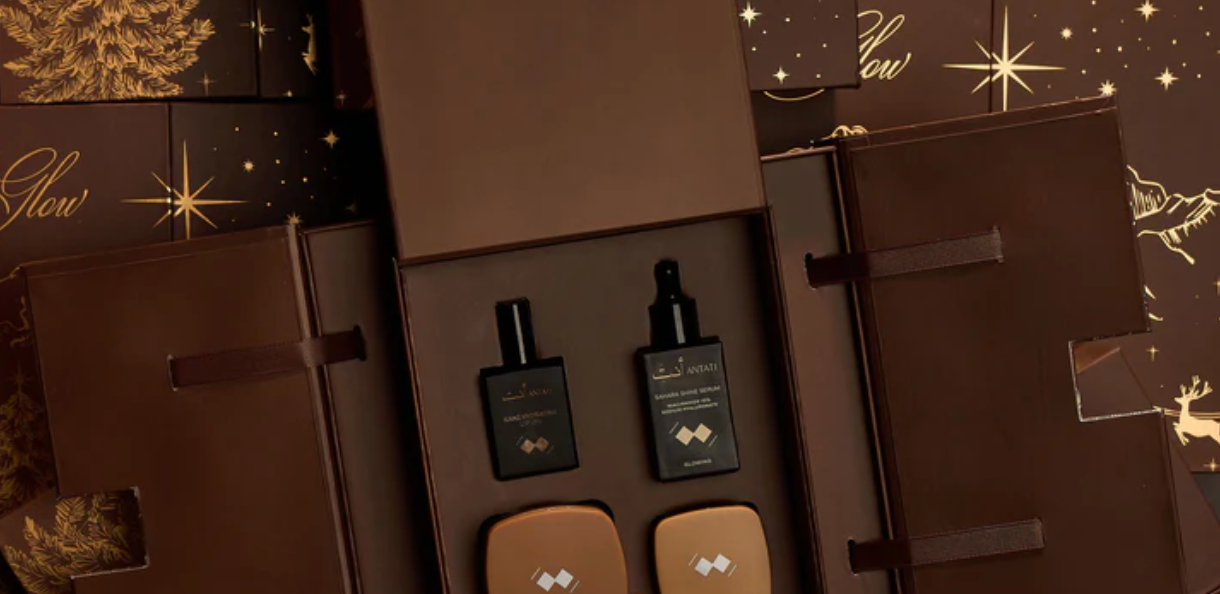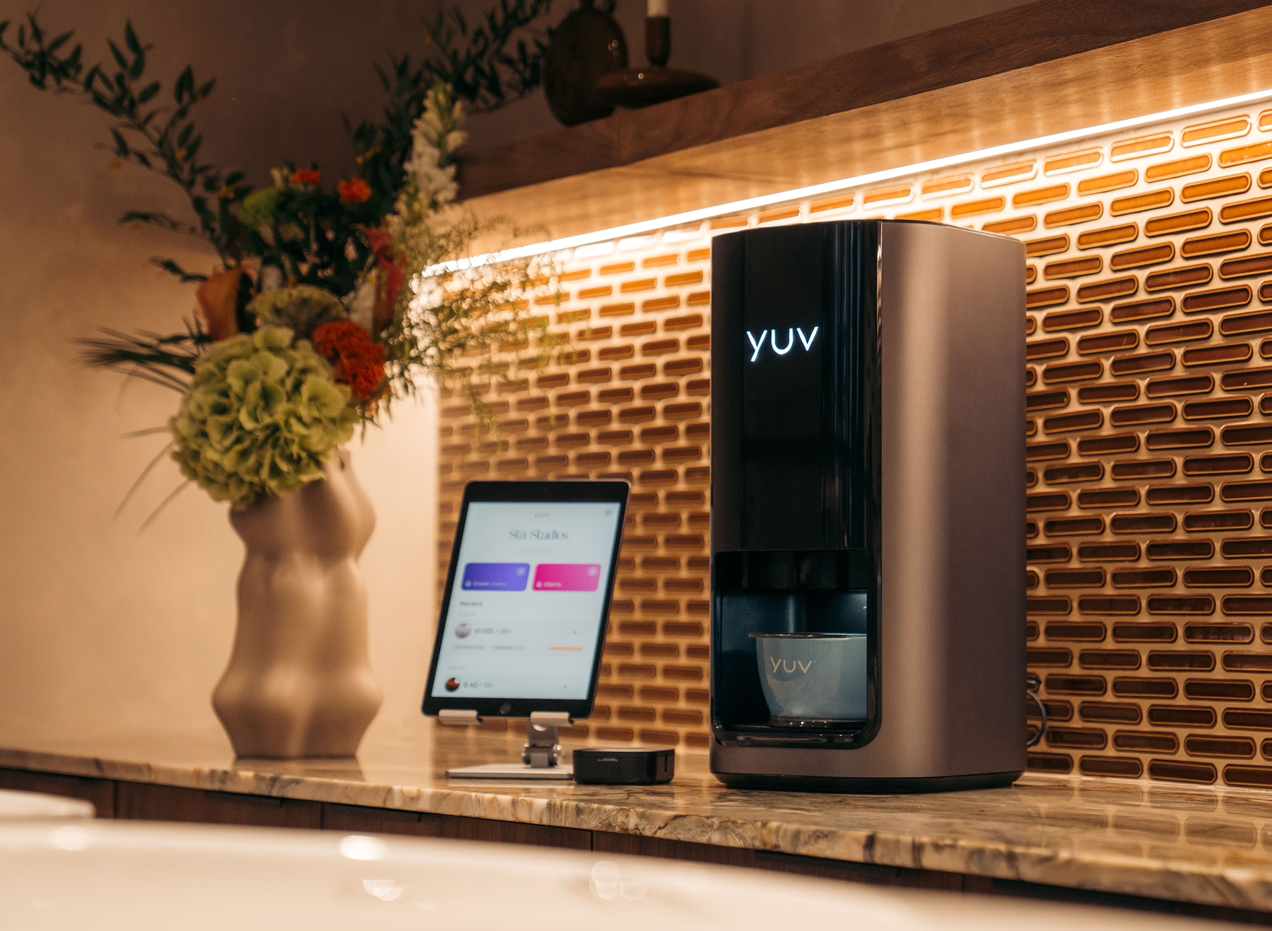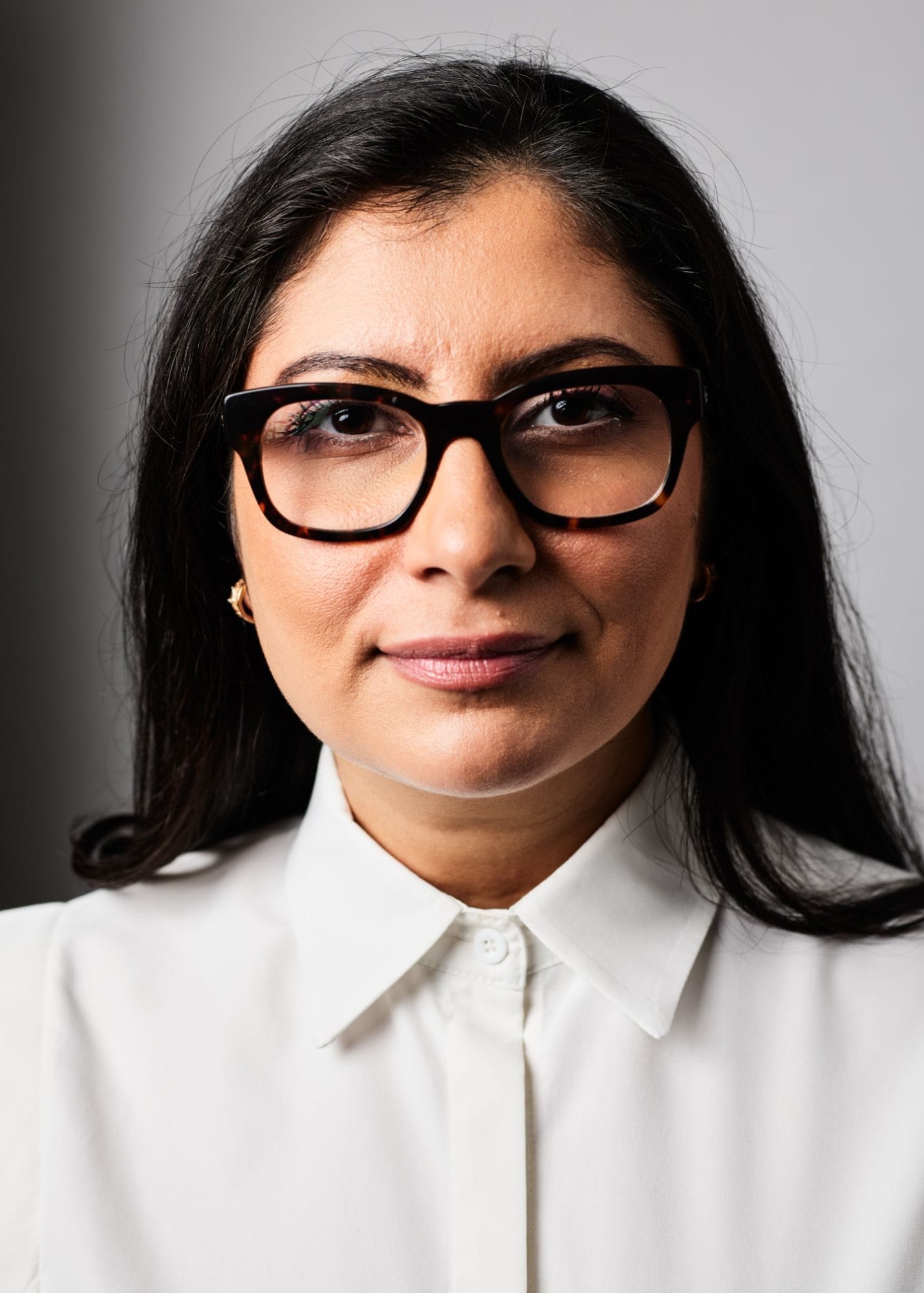
What does sustainability mean to M.A.C cosmetics?
During MakeUp in NewYork 2023 we met with Sebba Alqetrani, who is Director of Sustainability and Packaging. Estee Lauder Cies has a strong commitment to sustainability and M.A.C Cosmetics, a brand known for its unique equity and commitment to creative beauty, has embedded sustainability into its core values with Sebba as dedicated in-house sustainability lead. She is working tirelessly to ensure that packaging sustainability remains at the forefront of product development.
re/sources: As a product development professional, working for a global brand - what are you looking for in terms of innovations in Packaging. What drives your innovation choices / strategy?
Sebba Alqetrani: We are a brand led company. Our brands unique equity drives our strategy. M.A.C’s founding vision is based on a commitment to conscious beauty and social responsibility.
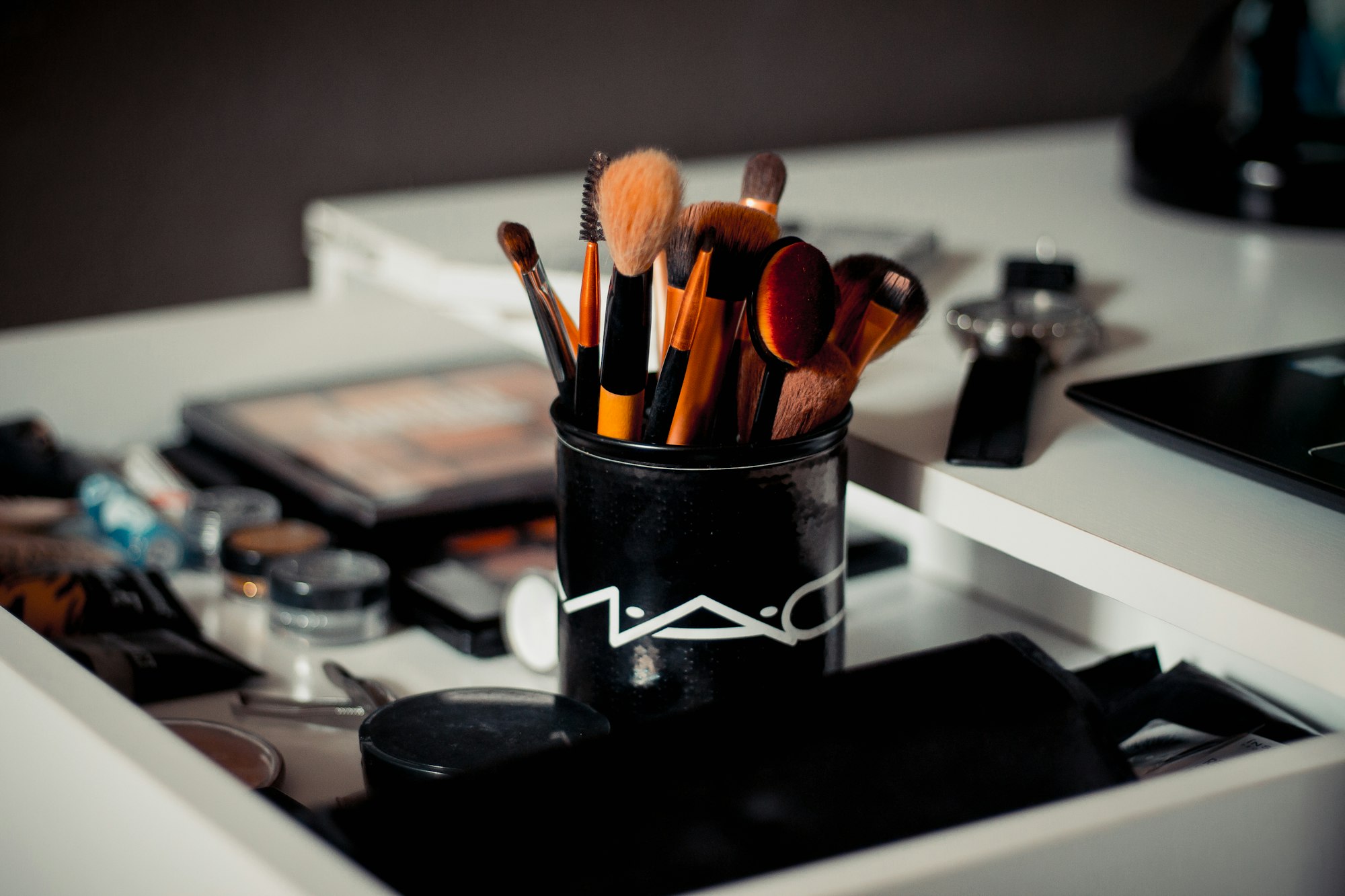
Our brand showcases its dedication to sustainable packaging by having a dedicated developer – myself serving as the in house sustainability lead - to focus on implementing our initiatives and ensuring packaging sustainability is in the forefront of our development and is incorporated in our development process.
What drives our choices? We believe that Sustainability is not just ONE approach but has multiple layers, such as:
- Reduction of materials: striving to minimize packaging materials, M.A.C works towards optimizing resource usage.
- Increase PCR content: Post-consumer recycled (PCR) content is a key ingredient in crafting sustainable packaging.
- Make products recyclable or recycle ready: Making products either recyclable or recycle-ready encourages responsible disposal.
- Smarter materials + Smarter partnership + More PCR: Collaborating with suppliers and exploring innovative materials contribute to sustainability goals
As an expression of our commitments we have developed a programme - since the inception of the brand - called Back-to-M.A.C. It’s an active initiative where consumers are encouraged to return used products in exchange for benefits from the brand (discount or special offers, etc.).
We have also developed sustainable attributes and claims for our Studio Radiance Serum-Powered Foundation:
- Recyclable glass bottle (for home recycling)
- Recyclable cartons made FSC-certified paper
- Removable plastic cap made from 30% PCR

re/sources: as a corporation, what is the ELC (Estée Lauder Companies) approach to sustainability?
Sebba Alqetrani:
Our Sustainable Packaging priorities include:
- Reducing and removing packaging where possible
- Designing for reuse and refillability
- Building designed-in recyclability
- Increasing amounts of Post-Consumer Recycled (PCR) material in packaging
Packaging to us represents a great opportunity to innovate, sustainability is an innovation point.
Our packaging developers innovate through the lens of sustainability, including as part of our New Product Launch (NPL) process—integrating consideration of potential environmental impacts from the outset. Our approach to packaging design has evolved to incorporate lessons from materials and ecosystems. This approach includes process improvements, supplier collaborations, alternative materials, and identification of ways to better listen to and engage our consumers. Our Materials Science team is crucial to this work as they seek to incorporate sustainability elements into the development of luxury packaging innovations.
ELC (EstéeL auder Companies) has established a variety of sustainability packaging goals that we’ve been making strong progress towards:
- Reducing and removing packaging where possible
- Designing for reuse and refillability
- Building in commonly recyclable components
- Increasing amounts of recycled content and prioritizing PCR material in packaging
In order to be part of the solution, everyone needs to make smarter, more responsible choices throughout the entire product lifecycle. At M.A.C, we have been really purposeful about cutting down waste and amping up sustainability efforts throughout our entire value chain.
With regards to packaging, we have designed achievable targets by 2025:
- 60% of our packaging will be recyclable, refillable, reusable, recycled or recoverable.
- All of our secondary packaging is made from recyclable forest-based fibre cartons.
- Increase the amount of post-consumer recycled (pcr) material in our packaging by up to 50%.
So far, we have already achieved part of these objectives:
- In 2021, we reduced plastic waste across the entire Holiday collection by 30% and have been making incremental strides in subsequent years
- Our 2022 Holiday Advent calendar was made of paper and cardboard and wrapped in plastic-free foil, and won a sustainability award
- Recent Locked Kiss Ink Liquid Lipstick range made up of recycled materials
re/sources: After looking into materials innovations, recyclability and PCR content in your packaging, what is your approach with regards to refillable product?
Sebba Alqetrani:
It’s important to maintain the DNA of our brand, thinking through the lens of what materials we can use to generate experience that the consumers can keep longer/reuse.
We understand the importance of refills, but we also need to make sure refills don’t have a negative environmental impact or have a larger environmental footprint than what we already have. We need to explore it with a more holistic standpoint ensuring the refills we offer are in fact a more sustainable option than a brand new hero product.
Some products in the refillable format that have been in the market for a while, offer consumers a chance to customize their product, i.e eyeshadow compacts.
Education is a big part of the refill phenomenon. We must ensure consumers understand that refills not only offer a cost savings but also offer a new opportunity to interact with our products.
Refill instructions must be very clear, direct and expressed in a concise way, while products should be easy to assemble. And above all, they should be a more sustainable solution.
In some cases reusable packaging could present a better end-of-life but add a hefty carbon footprint. Balancing end-of-life, circularity and carbon footprint can be very challenging.
Understanding consumers and enabling systems where brands would partner with consumers to change behaviours. One example of that is the success of Back-to-M.A.C which has existed over 30 years.
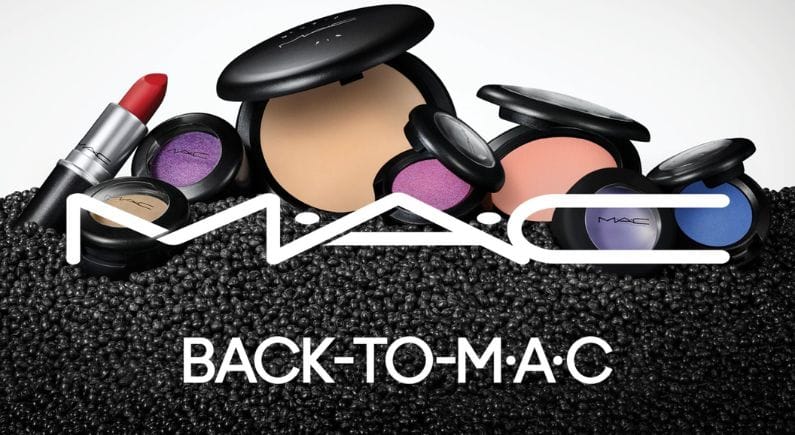
Due to the multipart – and in most cases, multi-material – nature of cosmetics products in addition to their small sizes, most cosmetic product packaging is not widely accepted at recycling plants in most cities around the world. Hence, it is not easy for consumers to know how and where to dispose of their makeup empties.
To be part of the solution, M·A·C created Back-to-M.A.C 33 years ago – a pioneer takeback program intended to reduce the environmental impact of its packaging by recycling or recovering as much of its iconic black (ABS) plastic packages as possible.
In the past year alone, more than 340,000 pounds of empty M∙A∙C containers have been processed in United States = 9.3MM lipsticks.
Over the years, we have continued to evolve the Back-to-M.A.C program for greater impact and action:
- Reducing plastic waste from our oceans: Donating an initial $100,000 USD to Plastics for Change, which will enable the collection of over 550,000 pounds of plastic (equivalent to 12.5MM plastic bottles) from the coast of India while supporting approximately 200 plastic collectors and their communities for one year with a host of social services.
- Improved recyclability through partnership with Close the Loop, an end-to-end packaging solutions provider with advanced capabilities in recycling hard to recycle packaging, like cosmetics items.
re/sources: in your opinion, what is the most exciting about the future of Packaging?
Sebba Alqetrani: The shift towards the focus on sustainability is what excites me about the future of packaging. Everyone understands there’s not just one path forward there’s many innovations coming down the pipeline dedicated to packaging sustainability. The fact that we are all talking about it, and looking for solutions together is a clear expression of this shift.
For the future, I see a lot of advancement in manufacturing technology and also better infrastructures. Higher or stronger regulations will also push us, as an industry towards a collaborative effort. I also think that creating a closed Loop system like BAC to MAC will help us increase the quality of our PCR materials, and more control over the supply.
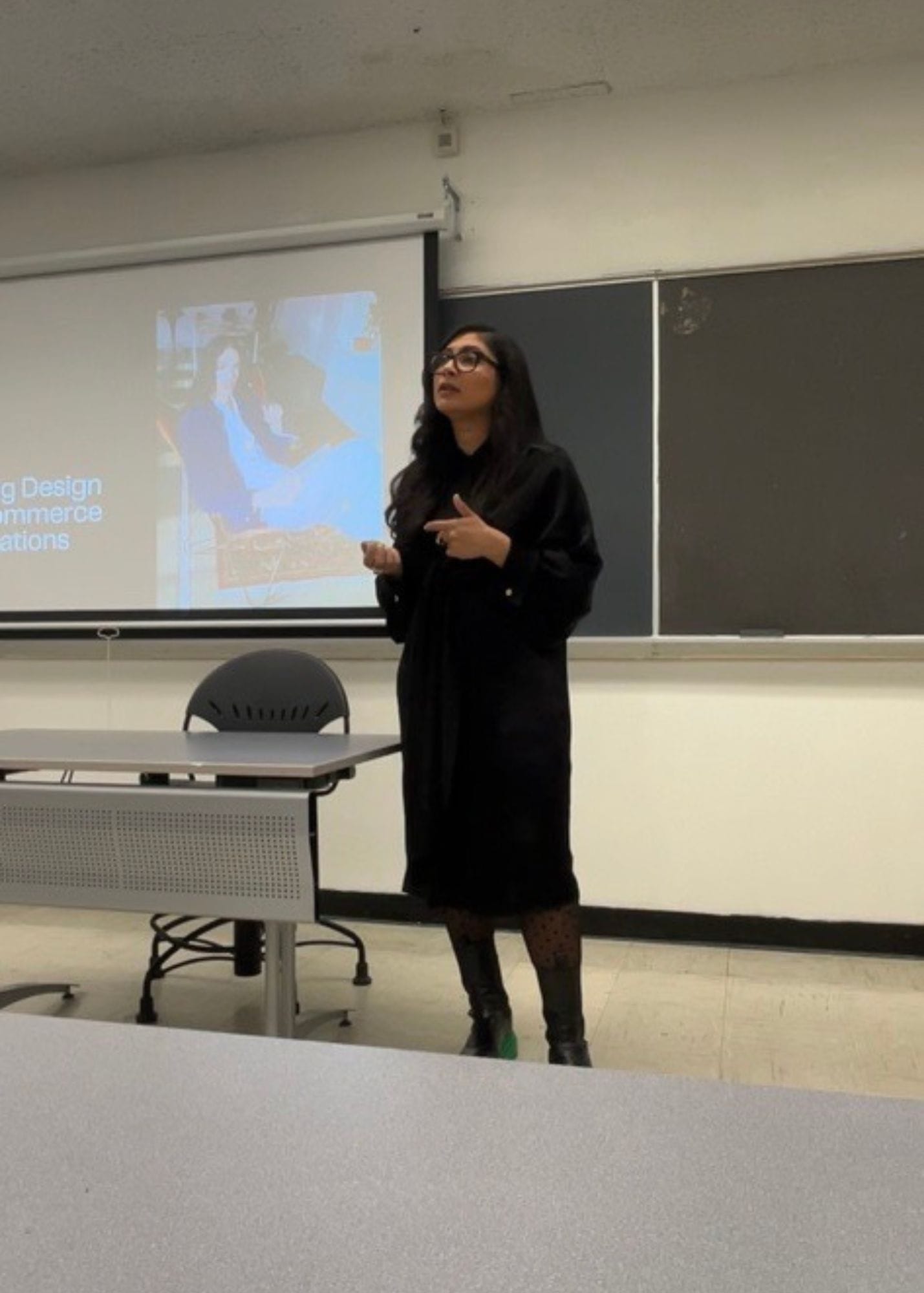
On the other end, educating consumers will be key. Refillability and recycling won’t happen unless consumers understand their role in the process. This will also come with educating professionals. I had to learn sustainability on the job, thanks to willing suppliers, colleagues and other professionals. I’m now involved in the FIT (Fashion Institute of Technology) to teach a course on sustainability & packaging.
Down the line, nothing will happen unless we collaborate as colleagues, and sometimes competitive brands. We all have now realised that sustainability is bigger than each of us, and it won’t truly happen unless we put collaborative efforts together. Cooperation will create better sourcing and supply chain, as well as support investment in sustainable technology for instance.
re-sources: M.A.C Cosmetics' unwavering commitment to sustainability in packaging exemplifies its dedication to conscious beauty. By integrating sustainability into its core strategy and actively engaging in initiatives like "Back-to-M.A.C” M.A.C is at the forefront of positive change in the cosmetics industry. With a visionary like Sebba Alqetrani leading the way, the future of packaging looks promising, sustainable, and collaborative.
